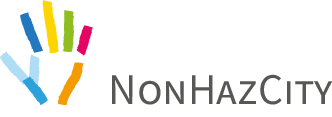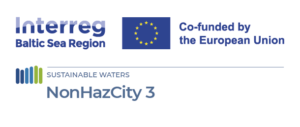Companies must strongly improve their communications on hazardous substances in everyday items!
Clothing, shoes, home textiles, wires and electronic items, plastics, rubber and textile floorings, these items may contain so-called Substances of Very High Concern (SVHC) that may harm our health and the environment.
To find out which substances these may be and in which concentrations they may occur, was the motivation of the Forum of the European Chemicals Agency (ECHA) to carry out an international pilot study. The study was conducted in 15 countries and closely examined 682 articles from 405 different manufacturers for SHVC.
The Forum concluded that 12% of the studied articles contained SHVC above threshold values (> 0.1%-weight by weight). Plasticizers that can disrupt the hormone system were detected in 51 articles and short-chain chlorinated paraffins in 12 articles. The items in which these two substance groups were mainly found, were made of soft plastics, such as PVC. The substance azodicarbonamide, which can cause allergies and breathing issues, was found in 12 articles in concentrations about legal thresholds, especially in foamed materials such as yoga mats and isolations in hockey helmets. Other articles contained additional SHVC, such as lead, cadmium, bisphenol A and brominated flame retardants.
Companies have the duty to provide information, that is how it is specified in in the EU Directive REACH (Registration, Evaluation, Authorisation and Restriction of Chemicals) in article 33. That means that consumers have the right to ask companies for informations about substance content of their articles, and companies have the duty to respond within 45 days – if the corresponding articles contain SVHC. Hence, the Forum has demanded information from the companies and the suppliers of the supply chain and stated that the vast majority of suppliers could provide no or insufficient information. Only 11% of the companies and suppliers of the articles that were detected to contain SHVC provided information.
This means that there is still a long way to go before REACH will be implemented in practise and until consumers can count on completely transparent information.
To speed up the process, the international project “AskREACH” developed the app “Scan4Chem” under the leadership of the Federal Environmental Agency and in collaboration with Baltic Environmental Forum Germany. With this app, consumers can scan the barcode of products and send inquiries directly to companies.

